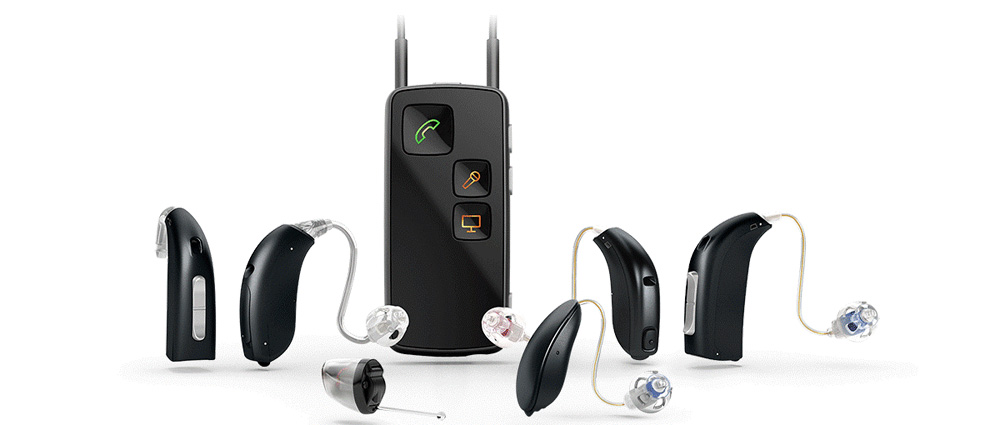Pediatric Hearing Services
When found in infants and children, hearing loss diagnosis requires appropriately fitted hearing aids, FM systems, and specialized equipment. It is critical to diagnose hearing loss as early as possible by your trained audiologist.
Audiologists Jodi Haberstock, Kristen Molnar, and Rachel Krauss, all of whom are doctors of audiology, have experience and training in rehabilitating children and infants with hearing loss after thorough testing. Since young children cannot tell us what they like or don’t like, we need to rely on other techniques to appropriately fit young children with hearing aids. Children and infants learn language by listening to those around them, and the early years are critical in developing language skills. If children have hearing deficiencies, they must be treated early in life. Children with even mild hearing loss will be at a disadvantage in learning language skills, which will result in academic disadvantages.
Listed below are some signs you should look for in your baby or child to determine if they have normal hearing levels or not.
Contact Us:
Six Months
- Smiles and laughs when you smile and laugh
- Watches your face when you talk
- Startles in response to sudden loud sounds
- Turns to source of sounds
Nine Months
- Responds to his/her name
- Babbles and repeats sounds
- Plays social games such as “peek-a-boo”
- Responds to the phone ringing, knock at the door, or doorbell
Twelve Months
- Talks by combining sounds
- Uses gestures to communicate (waves bye-bye)
- Follows simple one-step directions like “sit down”
- Uses three to five words consistently
Eighteen Months
- Makes at least four different consonant sounds such as “p, b, m, n, d, g, w, h”
- Uses at least twenty words consistently
- Points to several body parts when asked
- Responds with words or gestures to simple questions
Two Years
- Run, spill, and fall are used as action words
- Consistently uses short phrases of two to four words such as “truck go down,” “daddy hat”
- Uses 100-150 words
- Follows two-step directions “Go find your teddy bear and show it to Grandpa”.
Two and A Half Years
- Remembers and understands familiar stories
- Produces words with two or more syllables such as “cher-ry” or “com-mun-ni-cate”
- Uses some adult grammar such as “I jump,” “bird flying,” “two cookies”
- Understands size (big, little), and quantity (more, a lot, a little)

At Carlton Trail Hearing Clinic, we are committed to ensuring all children have an equal opportunity to develop and hear normally. These skills are learned without teaching for the most part, as is responding to commands, walking, falling down, crying for attention, and learning to walk. The learning ability, by the time school begins, has already begun to slow down so it’s important to catch hearing problems as soon as possible. Children also respond to affection when they are one, then speak, read, draw, and sing by the time they are five (maybe even in more than one language). They often learn many skills by observation and experience without being specially taught. If we catch hearing problems early, learning experiences will not be lost.



